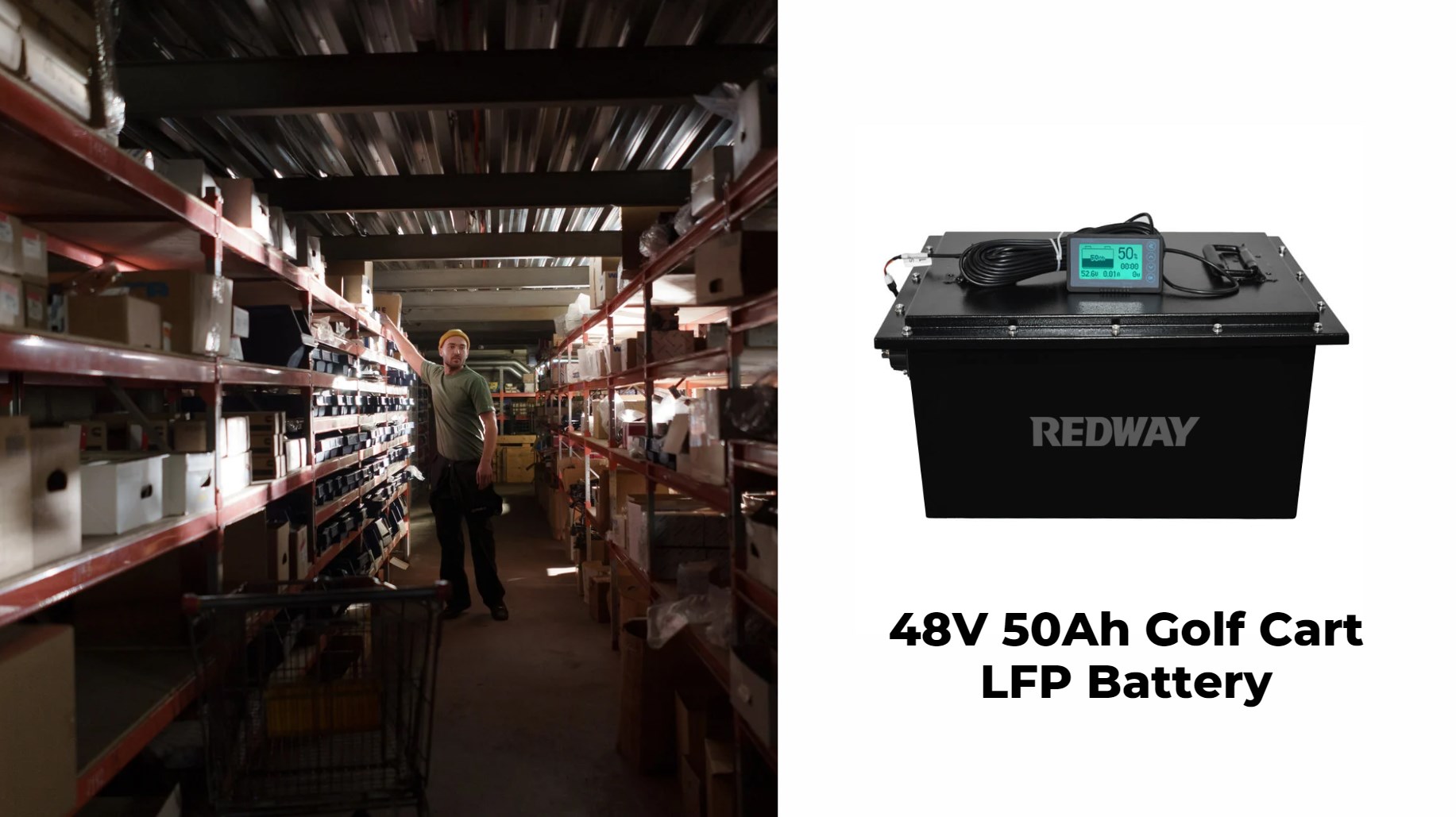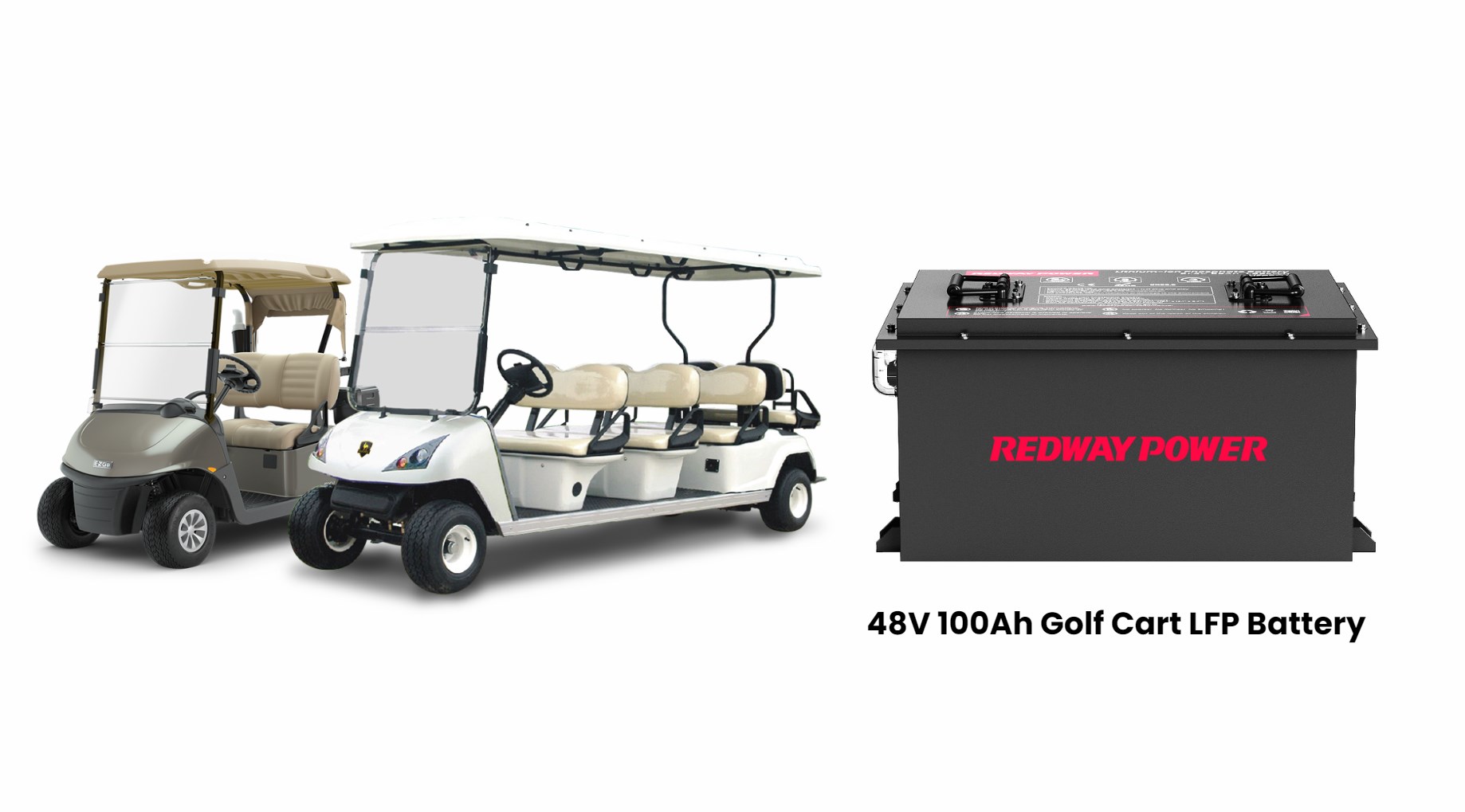Can You Stack Lithium Batteries on Top of Each Other?
Yes, lithium batteries can be stacked to form larger energy storage systems. This design enhances energy capacity and power output while allowing for scalability. However, proper thermal management and safety precautions must be considered to ensure stability and performance during operation.
As the demand for efficient energy storage solutions grows, many users are exploring the possibility of stacking lithium batteries to maximize space and enhance power output. However, understanding the implications of stacking lithium batteries is crucial for ensuring safety and performance. In this article, we will explore whether you can stack lithium batteries, the best practices for doing so, and the potential risks involved.
Understanding Lithium Battery Chemistry
Lithium batteries, particularly Lithium Iron Phosphate (LiFePO4) batteries, are known for their high energy density, long cycle life, and safety features. These batteries are widely used in various applications, from electric vehicles to renewable energy systems. However, when considering stacking them, it’s essential to understand their design and thermal characteristics.
Can You Stack Lithium Batteries?
Yes, you can stack lithium batteries on top of each other, but there are several important factors to consider:
1. Battery Design
- Flat-Top Batteries: Many lithium batteries come with flat tops that allow for easy stacking. Ensure that the batteries you are using are designed for vertical stacking.
- Ventilation: Adequate ventilation is crucial when stacking batteries. Lithium batteries can generate heat during charging and discharging cycles; thus, proper airflow is necessary to prevent overheating.
2. Weight Distribution
- Even Weight Distribution: Ensure that the weight of the stacked batteries is evenly distributed. Uneven weight can lead to instability and potential tipping or falling.
- Secure Mounting: Use a secure mounting system or battery rack designed specifically for stacking batteries to avoid accidents.
Best Practices for Stacking Lithium Batteries
To ensure safe and efficient stacking of lithium batteries, follow these best practices:
1. Use Compatible Batteries
- Always use batteries of the same type, capacity, and chemistry when stacking. Mixing different brands or types can lead to imbalances in charging and discharging cycles.
2. Monitor Temperature
- Regularly check the temperature of stacked batteries during operation. If you notice any battery overheating, it may indicate inadequate ventilation or a potential failure.
3. Install a Battery Management System (BMS)
- A BMS is essential for monitoring the health of each battery in a stacked configuration. It helps balance charging and discharging among cells and provides protection against overvoltage and overheating.
4. Follow Manufacturer Guidelines
- Always refer to the manufacturer’s guidelines regarding stacking practices. Some manufacturers may have specific recommendations or restrictions based on their battery design.
Potential Risks of Stacking Lithium Batteries
While stacking lithium batteries can save space and increase power capacity, there are also potential risks involved:
1. Overheating
- Stacked batteries may generate more heat than individual units due to reduced airflow between them. Overheating can lead to reduced battery life or even thermal runaway in extreme cases.
2. Imbalanced Charging
- If not monitored properly, stacked batteries may charge unevenly. This imbalance can lead to one battery being overcharged while another remains undercharged, which could damage the weaker unit.
3. Physical Damage
- Stacking increases the risk of physical damage if not secured properly. A fall or impact could compromise the integrity of the battery casing, leading to leaks or failures.
Data Chart: Comparison of Battery Types for Stacking
| Feature | Lithium Iron Phosphate (LiFePO4) | Lead-Acid Battery | Nickel-Metal Hydride (NiMH) |
|---|---|---|---|
| Stackable | Yes | Limited | Limited |
| Weight | Lightweight | Heavier | Moderate |
| Lifespan | 3,000 – 5,000 cycles | 300 – 500 cycles | 500 – 1,000 cycles |
| Thermal Stability | Excellent | Moderate | Moderate |
Latest News
- Stacking Guidelines: Recent discussions confirm that stacking lithium batteries is possible but must be done with caution, adhering to specific guidelines about architecture and capacity.
- Safety Considerations: Experts emphasize the importance of using batteries from the same manufacturer and architecture to prevent safety hazards.
- Innovative Designs: New modular designs are emerging that allow for efficient stacking without compromising safety or performance.
Redway Expert Comment
Stacking lithium batteries can be an effective way to maximize space and increase capacity, provided that strict guidelines are followed. Using batteries of the same architecture and capacity is crucial to ensure safe operation. As an expert in LiFePO4 technology, I recommend careful consideration of thermal management when stacking, as improper configurations can lead to overheating and reduced lifespan.
FAQs About Stacking Lithium Batteries
Can I stack different brands of lithium batteries?
It is not recommended to stack different brands or types of lithium batteries due to differences in chemistry and performance characteristics.
How do I know if my stacked batteries are overheating?
Regularly monitor the temperature of each battery during operation; if any battery feels excessively hot or shows signs of swelling, take immediate action to cool them down.
What should I do if one battery in a stack fails?
If one battery fails in a stacked configuration, it’s essential to remove it immediately from the stack and assess whether other batteries were affected.
Conclusion
In conclusion, while you can stack lithium batteries such as LiFePO4 models safely, it is crucial to adhere to best practices regarding compatibility, ventilation, and monitoring. By following these guidelines and understanding the potential risks involved, you can effectively utilize stacked lithium batteries for enhanced energy storage solutions.For customized lithium solutions tailored specifically to your needs—whether for automotive applications or renewable energy systems—contact Redway Battery today for a quick quote!








